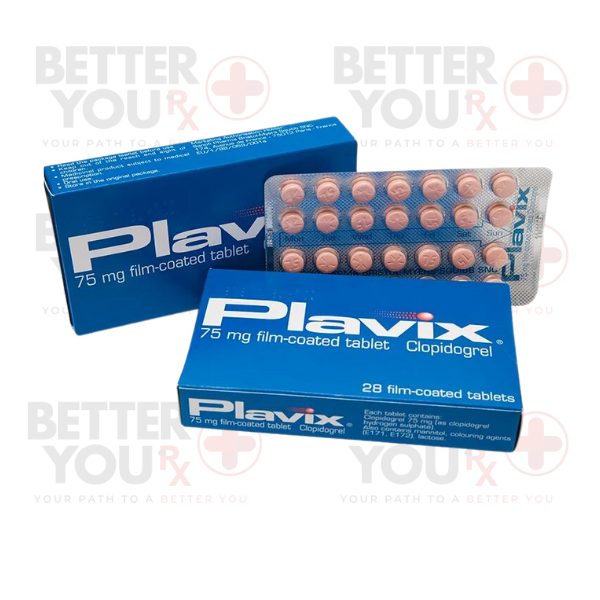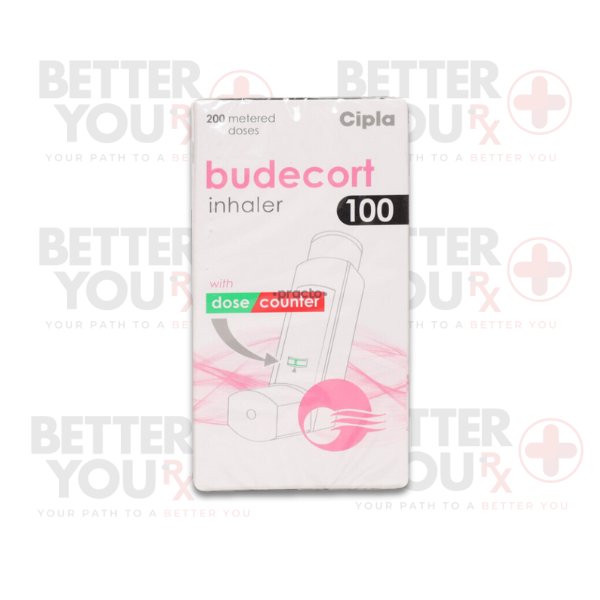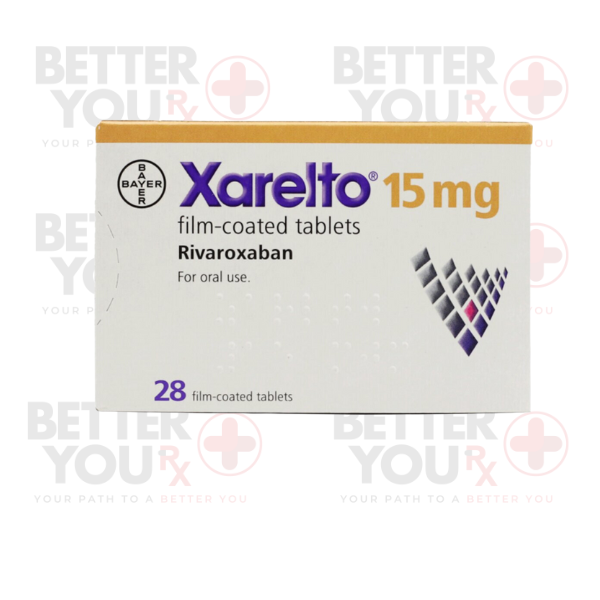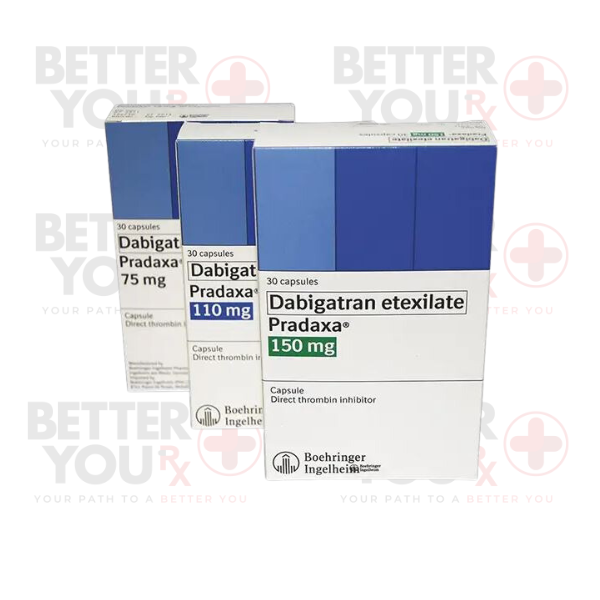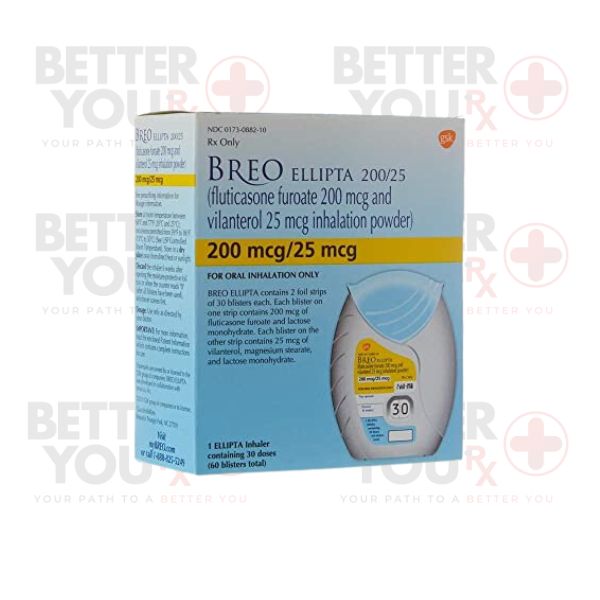Indications:
●Treatment of erosive esophagitis associated with GERD
●Long-term treatment and maintenance of healing of erosive esophagitis
●Treatment of Zollinger-Ellison Syndrome and other hypersecretory conditions
●Adjunctive treatment of duodenal and gastric ulcers
Administration Guidelines
●Oral Tablets: Pantoprazole oral tablets are usually taken once daily, 30 minutes before a meal, preferably in the morning. The delayed-release tablets should be swallowed whole without crushing, chewing, or splitting them to protect the medication's integrity until it is absorbed into the intestine.
●Intravenous Administration: Pantoprazole IV is for patients unable to take oral medication or when immediate acid suppression is needed. A healthcare professional should administer it.
Administration Details
Dosage Forms:
●Oral delayed-release tablets
●Intravenous (IV) powder for reconstitution
Dosage:
●The dosage of pantoprazole is individualized based on the condition being treated, the patient's age, liver function, and the overall treatment plan. It is imperative to adhere to the prescribing doctor’s recommended dosage.
Safety Precautions
●Pregnancy and Breastfeeding: Pantoprazole should be used during pregnancy only if the potential benefit justifies the potential risk to the fetus. Caution should be exercised when administered to nursing mothers.
●Osteoporosis: Long-term usage and high doses of PPIs like pantoprazole may be associated with an increased risk of osteoporosis-related fractures of the hip, wrist, or spine.
Drug Interactions
●Pantoprazole may reduce the absorption of drugs that require an acidic stomach environment, including ketoconazole, ampicillin esters, and iron salts. Additionally, because it can increase blood levels of methotrexate, caution is advised when used concomitantly.
|


